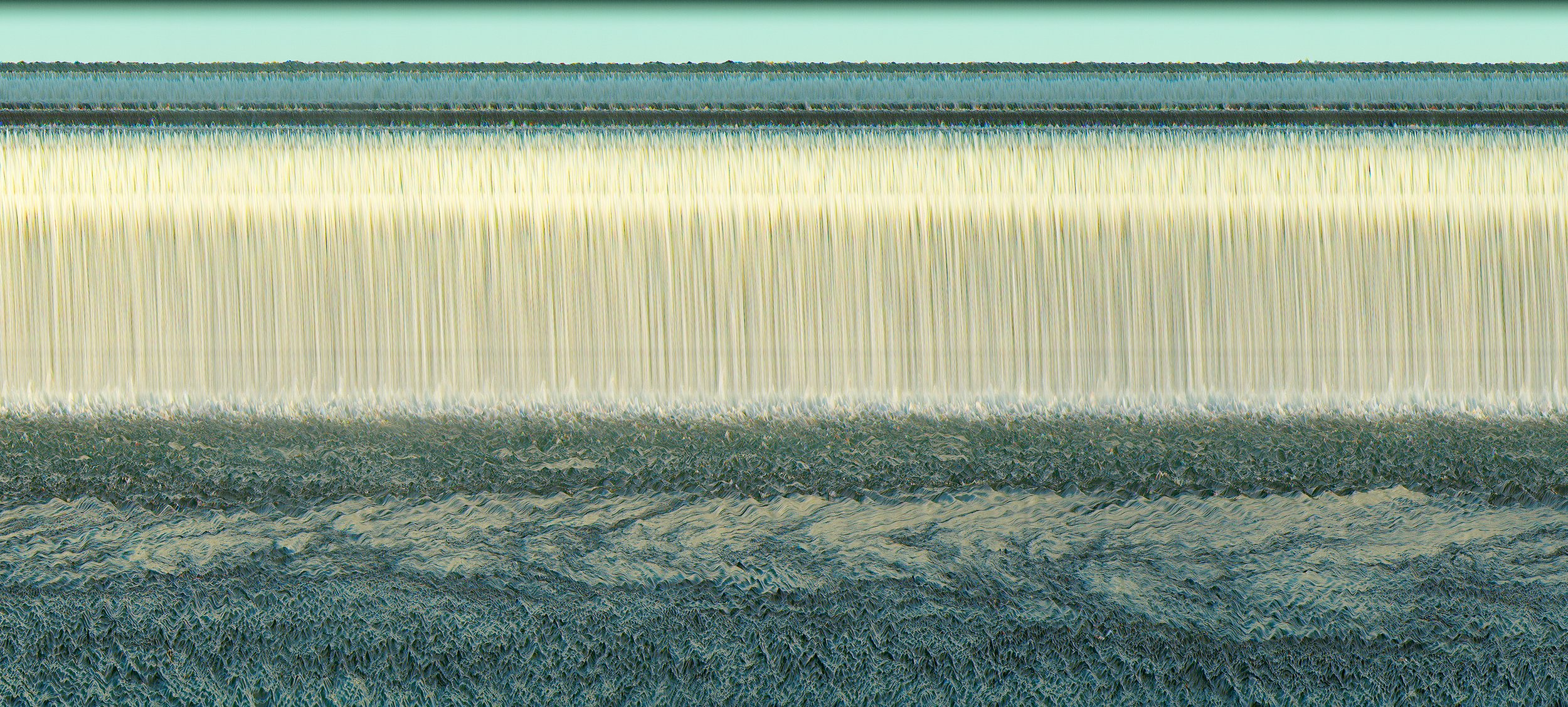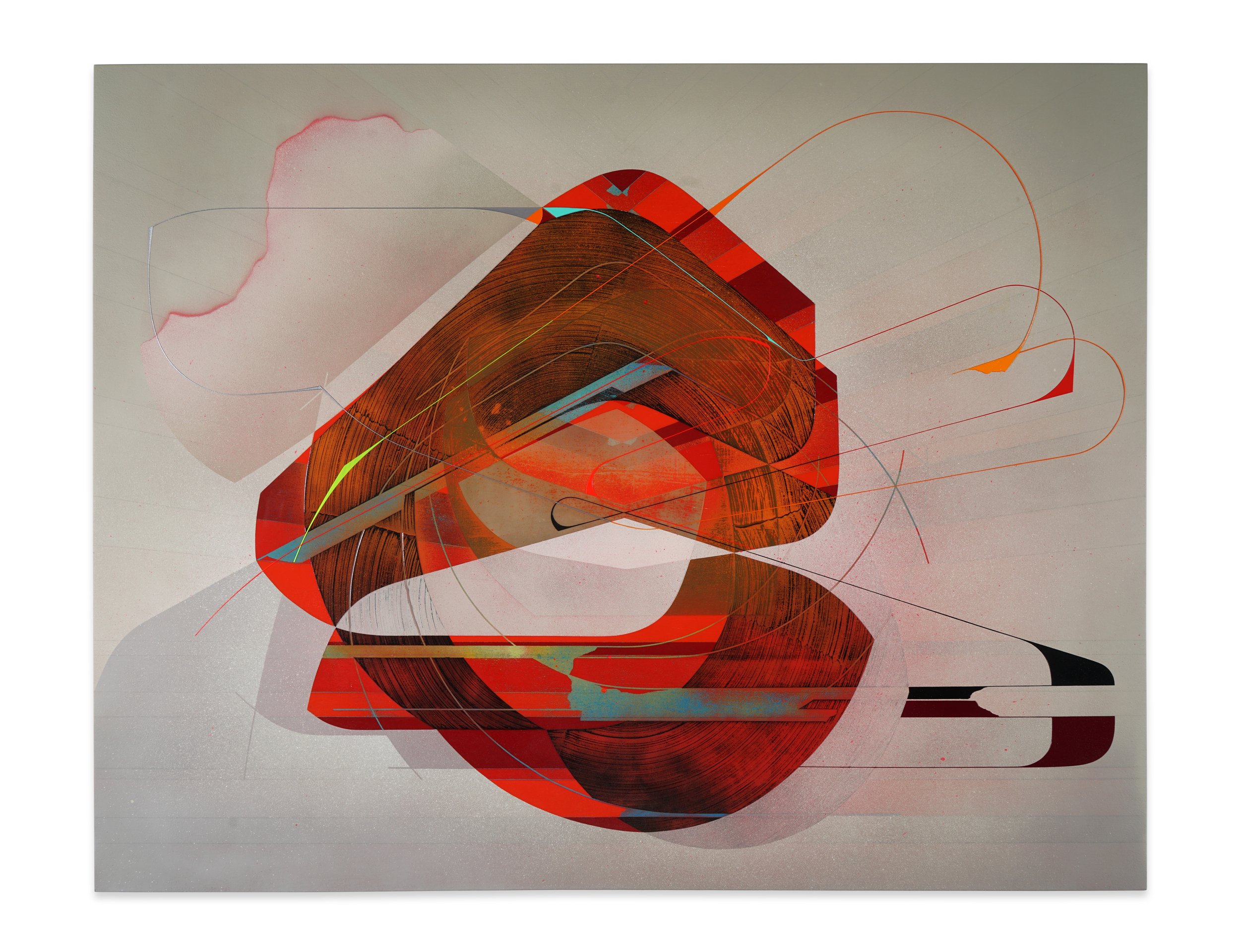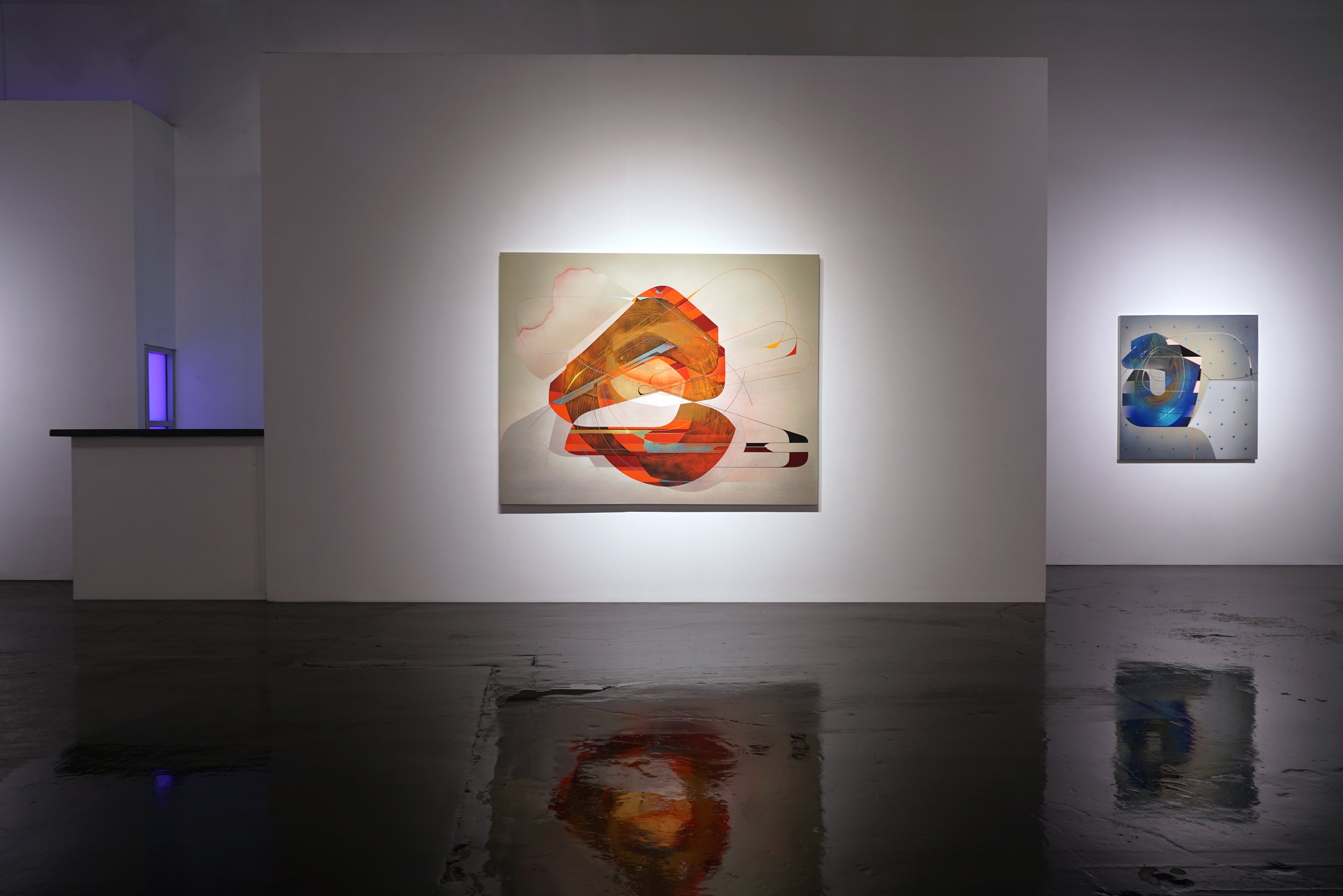Craft In America on PBS - Inspiration Episode - Mark Steven Greenfield
/Mark Steven Greenfield talks about Simon Rodia and the Watts Towers in the Craft In America Inspiration episode on PBS. Also, please find the attached bonus video where Craft in America looks at the production of Mark’s piece Califia. Califia can be currently viewed at the gallery.
Its television series Craft in America includes more than 20 hour-long episodes. It is shown on PBS, and is a winner of the Peabody Award. In 2020, Craft in America was awarded the inaugural Decorative Arts Trust Prize for Excellence and Innovation, in connection with its plan to create a video dictionary of decorative arts tools, techniques, and materials.
Mark Steven Greenfield is a native Angelino, and son of a Tuskegee Airman, which led to spending the first part of his life abroad, living on military bases from Taiwan to Germany, until returning to LA at the age of ten. In high school Greenfield studied with revered Los Angeles artist, John T Riddle. Riddle quickly noted Greenfield’s talent, but saw that he was vulnerable to the influences and dangers confronting black youth at the time. Riddle remarked, "You could be a pretty good artist....if you live that long.” This got Greenfield’s attention and set him on the path that would define the course of his life.
Greenfield went on to study with Charles White, at Otis Art Institute, and received his Bachelor’s degree in Art Education in 1973 from California State University, Long Beach and a Masters of Fine Arts degree in painting and drawing from California State University Los Angeles in 1987. Greenfield’s work has been exhibited extensively throughout the United States most notably with a comprehensive survey exhibition at the California African American Museum in Los Angeles in 2014, and in 2002 at the Museum of Contemporary Art of Georgia. Internationally, he has exhibited at the Chiang Mai Art Museum in Thailand; at Art 1307 in Naples, Italy; the Blue Roof Museum in Chengdu, China; 1333 Arts, Tokyo, Japan; and the Gang Dong Art Center in Seoul, South Korea.
Mark Steven Greenfield, Califia, 2022, gold leaf and acrylic on wood panel, 30" x 56”
MARK STEVEN GREENFIELD
Greenfield is a recipient of the L.A. Artcore Crystal Award (2006) Los Angeles Artist Laboratory Fellowship Grant (2011), the City of Los Angeles Individual Artist Fellowship (COLA 2012), The California Community Foundation Artist Fellowship (2012), the Instituto Sacatar Artist Residency Fellowship in Salvador, Brazil (2013) and the McColl Center for Art + Innovation Residency in Charlotte, North Carolina (2016). He was a visiting professor at the California Institute of the Arts in 2013 and California State University Los Angeles in 2016.
From 1993-2011, Greenfield worked for the Los Angeles Department of Cultural Affairs as director of the Watts Towers Arts Center, and later as director of the Los Angeles Municipal Art Gallery, Barnsdall Park. He has served on the boards of the Downtown Artists Development Association, the Armory Center for the Arts, the Black Creative Professionals Association, the Watts Village Theatre Company and was past president of the Los Angeles Art Association/Gallery 825. He currently teaches drawing and design at Los Angeles City College, and serves on the board of Side Street Projects.
































